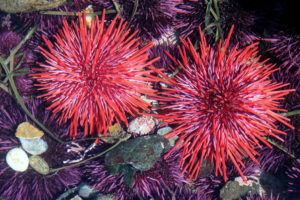With a bit of luck and good lifestyle choices, the lucky among us can hope for 100 years on Earth at most. But that’s just a drop in the bucket for the planet’s longest living sea creatures. For many marine animals, attaining 100 years just puts them into adolescence. What are the world’s longest living sea creatures? Here’s a list of the top 10, from shortest- to longest-lived.
Red sea urchin
The red sea urchin is our first entry. They inhabit the Pacific Ocean from Alaska to Baja California and typically live more than 30 years. They can, however, reach 200 years of age. A vital part of the West Coast ecosystem, these spiky creatures eat (and can devastate) kelp beds. Sea otters, in turn, predate on the urchins and all three players (otters, urchins and kelp) are vital for a healthy ecosystem.
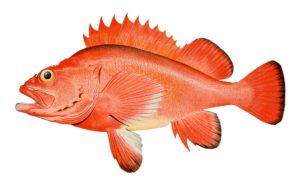 Rougheye rockfish
Rougheye rockfish
Like the red sea urchin, our next fish is a golden oldie. The rougheye rockfish, which can grow to over three feet (1 m) long and can weigh around 14 pounds (6.3 kg), is one fish that refuses to die young. This impressive marine swimmer can live as long as 205 years.
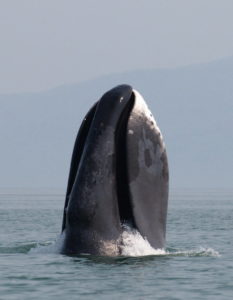
Bowhead whale
The enormous bowhead whale weighs an astonishing 100 tons. At around 66 feet (20 m) long, this creature is by far the largest on our list. The bowhead lives in the Arctic Ocean, and tends to remain in the Northern Hemisphere’s chilly waters around Greenland, Canada and Russia. Impressively, its expected lifespan is double its own weight. That’s right, this gigantic animal has been known to live 211 years. Unfortunately, these gentle giants have experienced dramatic decline in numbers since the 17th century, mainly due to whaling, habitat loss and ocean pollution.
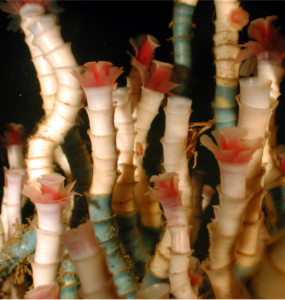
Lamellibrachia tube worm
The next of our longest living sea creatures is a strange-looking one. The Lamellibrachia tube worm lives along hydrocarbon vents at the bottom of the ocean. Many live for around 170 years, however, recent studies have shown that some of these odd-looking critters have reached a whopping 250 years of age. Studies are ongoing as to what keeps these worms alive so long.
Greenland shark
The nearly blind, cold-water dwelling Greenland shark is thought to be the world’s longest-lived vertebrate. The shark lives mostly in the cold North Atlantic and Arctic Oceans, and specimens have been known to reach over 200 years old. Amazingly, a recent study on one shark found that it was anywhere from 272 years to 512 years old.
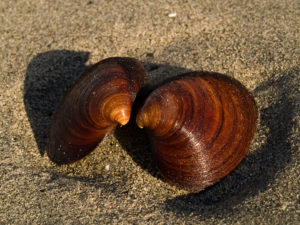 Ocean quahog clam
Ocean quahog clam
The next specimen that defied death for over 500 years was an ocean quahog clam, nicknamed Ming after the Ming dynasty during which it was born. Poor Ming unfortunately died in 2006 at 507 years old after it was dredged off the coast of Iceland. Scientists think that Ming would still be alive if it had been left in the ocean.
Antarctic sponge
Perhaps the most immobile creatures on Earth are the longest-lived. The Antarctic sponge, as its name suggests, lives in the freezing waters of the Antarctic Ocean. Its immobility and slow growth rate mean it can live for centuries. Studies conducted on some of the oldest-known sponges estimate them to be over 1,550 years old.
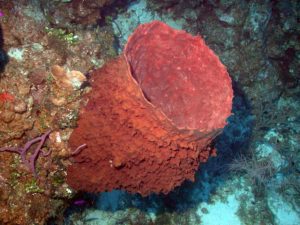 Giant barrel sponge
Giant barrel sponge
Another stationary creature, the giant barrel sponge is one of the longest living animals on the planet. Scientists estimate that the largest specimens in the Caribbean are over 2,300 years old.
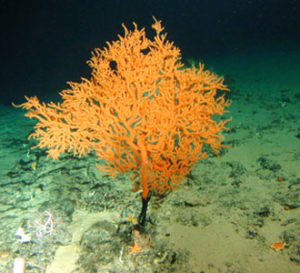 Black coral genus, Leiopathes annosa
Black coral genus, Leiopathes annosa
Identified in 2015 in the Hawaiian Papahanaumokuakea Marine National Monument, the black coral Leiopathes annosa can live for over 4,000 years. Scientists gave the samples an estimated age of 4,265 years. These slow-growing corals are found at depths between 1,000 and 1,600 feet within the monument and throughout the Hawaiian Islands.
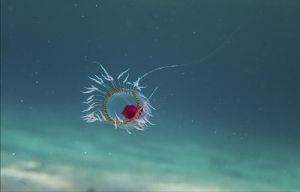
Turritopsis dohrnii jellyfish (immortal jellyfish)
Finally, our list of the longest living sea creatures concludes with something that lives even longer than the aforementioned black coral: an immortal jellyfish. The Turritopsis dohrnii jellyfish is also known as the immortal jellyfish, and left scientists baffled when they discovered that the jellyfish appears to change its age at will. When it reaches adulthood, the T. dohrnii can revert back to its immature polyp stage if faced with illness, physical assault or environmental stress. It can then resume growing into a mature adult once more. It’s unsurprising that scientists plan to examine this critter in numerous studies and experiments, with the goal of figuring out how to live forever.


